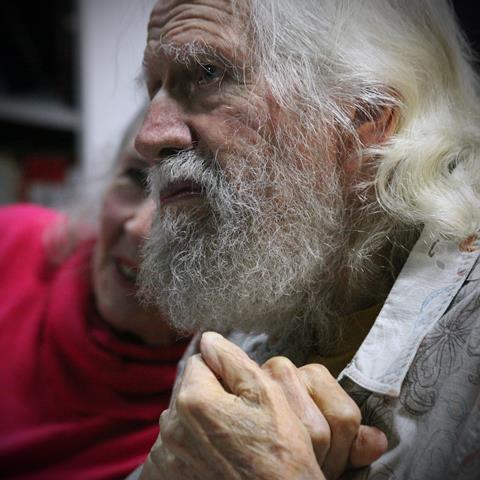Ben Valsler
Alexander ‘Sacha’ Shulgin was an interesting and controversial figure. Described by some as the ‘godfather of psychedelics’, his decades of research and self-experimentation with psychoactive substances left a significant legacy – an improved understanding of the chemistry of the human mind. But, whether he intended it or not, his published work also opened the door for those who put profit first, sometimes to devastating effect.

Shulgin’s 1990 book Pihkal: A Chemical Love Story, about the phenethylamines he had known and loved, cemented his status as a counter-culture icon. It includes detailed synthetic routes to nearly two hundred psychoactive substances, including MDMA, often sold under the name ecstasy. As the title suggests, the psychoactives in question are mostly modified versions of phenethylamine, a naturally occurring stimulant.
Perhaps to protect other people, or maybe just out of sheer curiosity, Shulgin first tested (or ‘tasted’) all newly synthesised compounds on himself. He carefully controlled the dose and noted the effects. He tried hundreds, maybe thousands, of psychedelic compounds in his lifetime. In his last interview, published by Vice magazine, he was asked if he had a favourite among them all; he answered without hesitation: 2C-B.
The 2C family was named by Shulgin after the two carbon or ‘ethyl’ bridge between the phenyl and amine groups of phenethylamines. Characteristically, they contain methoxy groups on the 2 and 5 positions of the phenyl group’s benzene ring and a range of different units attached at position 4. For 2C-B, that’s a bromine atom, 2C-C contains a chlorine and in 2C-F, predictably, it’s fluorine. Changing just one atom leads to significant changes in their physical properties and potency as a psychedelic – while 2C-B is a white powder with a dosage range of 12-24mg, 2C-F is sometimes described as a ‘brownish oil’, with an effective dose of more than 250mg .
At these doses, 2C drugs can act as both hallucinogens and stimulants, leading to visual disturbances, altered perception of time, increased sensitivity to touch and a sense of euphoria. The experience will differ between people and depends on dose and variety. As with MDMA, small doses of 2C compounds have been tested in experimental psychotherapy.

Shulgin had a laboratory in his garden, and was granted an analytical licence for Drug Enforcement Administration DEA schedule 1 substances. As a trained chemist he was capable of making, analysing and testing compounds accurately, controlling side products and contamination. But the publication of Pihkal make it possible for makeshift, illicit labs – concerned with profit rather than curiosity – to produce their own 2C drugs. The psychedelic genie was out of the bottle: DEA agents reported finding copies of the book when executing raids on clandestine labs and today 2C compounds are sold on the street under a range of names.
One of these, 2C-P, has a propyl chain on the 4th position of the benzene ring and is noted for intense experiences that may last up to 20 hours. It’s extremely potent – one of Shulgin’s own experiments determined a dose of just 16mg to be a ‘physical disaster, not to be repeated’, and he warned that the amount needed to produce psychoactive effects was dangerously close to the excessive, overdose, dose.
Perhaps inevitably, this had led to tragedy. In 2017, Louella Fletcher-Michie took a ‘bumped-up’ dose of 2C-P at the Camp Bestival music festival in Dorset. What started as an enjoyable trip declined into anxiety and confusion as Fletcher-Michie became increasingly unwell. When site security and paramedics were eventually alerted to her situation, it was too late. Louella’s body was found ‘curled up in trees as if she had lain down for a sleep’, just 400m from the festival hospital tent. A post-mortem reported 2C-P toxicity and traces of ketamine and MDMA. Louella Fletcher-Michie became the first recorded death by 2C-P overdose.

Shulgin died in 2014, leaving behind a wealth of knowledge about how to explore and expand human consciousness through chemistry. He kept a box with a small sample of each of the compounds he produced throughout his research. Although we now can never close the lid on his research, the potential psychedelics offer in treatment of addiction and mental health conditions may give us some hope.
Ben Valsler
Next week, Katrina Krämer returns with an explosive anaesthetic.
Katrina Krämer
But cyclopropane’s increasing popularity meant more people started to experience its explosive side. In 1939, there were 74 cyclopropane explosions in US operating theatres, 13 of which were fatal.
Ben Valsler
Join Katrina next week. Until then, get in touch in the usual ways – email chemistryworld@rsc.org or tweet @chemistryworld.I’m Ben Valsler, thanks for joining me.















2 readers' comments